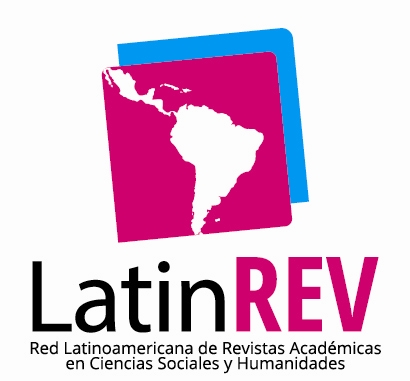They don't wear black-tie: intellectuals and workers in São Paulo, Brazil, 1958-1981
Resumo
Aristóteles afirmou serem três os gêneros retóricos (judiciário, deliberatico e epidítico), distinguindo-os pelas circunstâncias, auditórios e tempo em que se fala. Tal divisão, ainda que com nuanças, mantém-se em Quintiliano. Os tratados eclesiásticos de retórica também a seguem, embora mudanças significativas aqui sejam efetuadas, tendo em vista o efeito persuasório próprio da prédica religiosa. Utilizando-se de tal prescritiva, sobretudo conforme a apresenta frei Granada, o padre Antônio Vieira no Sermão da Sexagésima exemplarmente apresenta um modelo para os gêneros que, via de regra, decorosamente se adéqua à finalidade do que ele próprio prescreve como paradigma para qualquer sermão. PALAVRAS-CHAVE: gêneros retóricos; retórica eclesiástica; Sermão da Sexagésima. ABSTRACT: In 1979, ï¬lm-maker Leon Hirszman (1937-1987) collaborated with playwright Gianfrancesco Guarnieri on a ï¬lm adaption of Guarnieri's famous play about Brazilian working-class life, They don't wear black-tie. The resulting ï¬lm, released in 1981, reconï¬gured the politics and content of the 1958 play to ï¬t the new era of the late 1970s when dramatic metalworkers' strikes placed São Paulo on the front lines in the ï¬ght against the Brazilian military dictatorship. Using biography and the dramatic and cinematic texts, this article traces the political and aesthetic challenges facing these two important cultural ï¬gures and their generation of radical intellectuals. In particular, the article will explain why an image of "workers" proved so central in the making of modern Brazilian theater and ï¬lm since the late 1950s, while exploring the changing conï¬guration of intellectual and povo (common people) between the late Populist Republic and the remaking of the Brazilian working class during the late 1970s. Throughout, it will ask: What is the cultural, political, and historical substance or signiï¬cance of the presentation of workers in Black-tie? Does it represent an expression of social reality? And if so, what reality, and whose vision?
Downloads
Downloads
Publicado
Edição
Seção
Licença
Autores que publicam nesta revista concordam com os seguintes termos da licença Creative Commons, adotada a partir da ArtCultura, v. 21, n. 39 (jul.-dez. 2019).
CC BY-NC-ND 4.0: o artigo pode ser copiado e redistribuído em qualquer suporte ou formato. Os créditos devem ser dados ao autor original e mudanças no texto devem ser indicadas. O artigo não pode ser usado para fins comerciais. Caso o artigo seja remixado, transformado ou algo novo for criado a partir dele, ele não pode ser distribuído.
Autores têm autorização para assumir contratos adicionais separadamente, para distribuição não exclusiva da versão do trabalho publicada nesta revista (ex.: publicar em repositório institucional ou como capítulo de livro), com reconhecimento de autoria e publicação inicial nesta revista.












